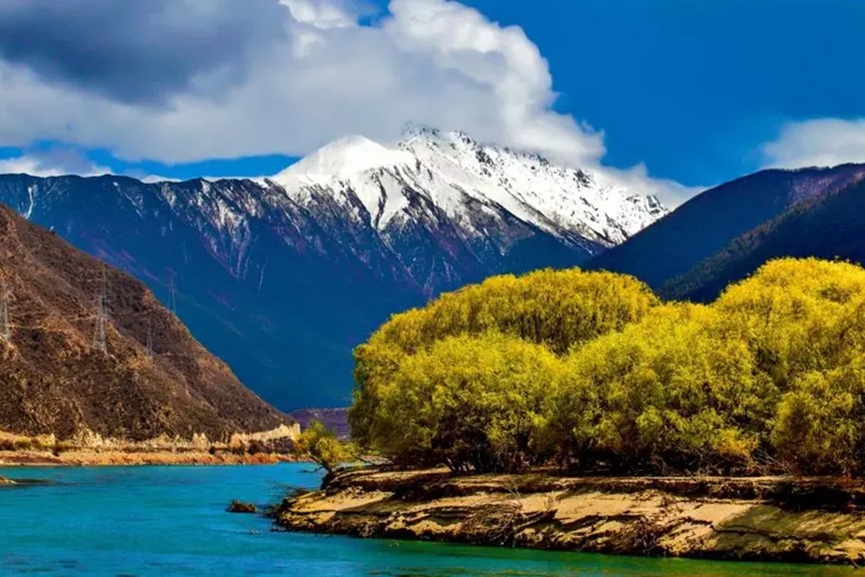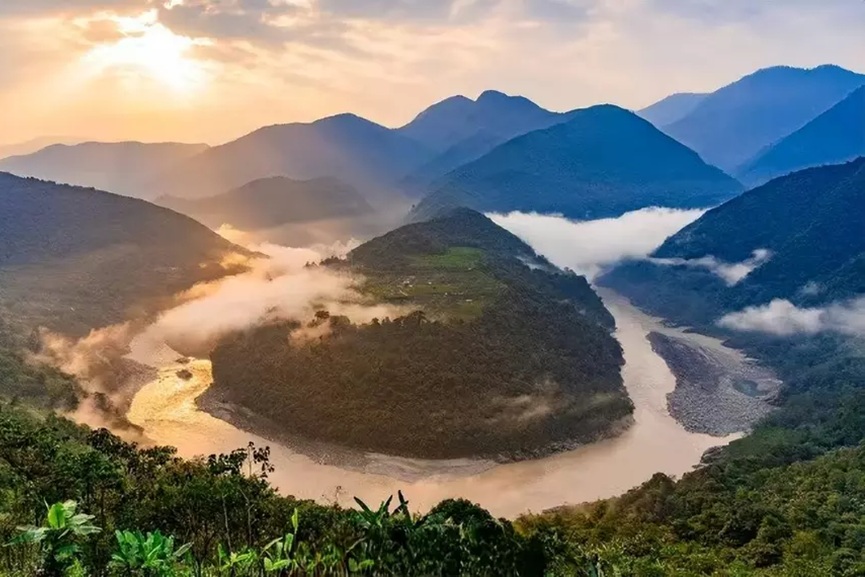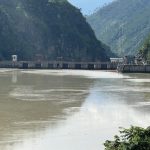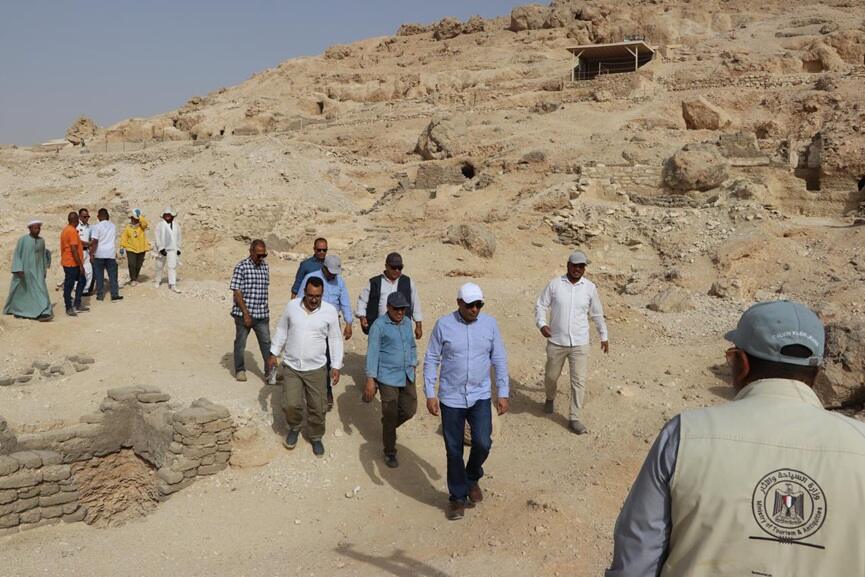Beijing: China has officially launched construction of the world’s largest hydropower project on the Brahmaputra River, intensifying concerns in downstream nations, particularly India and Bangladesh.
The river, known in China as the Yarlung Zangbo, originates in Tibet and flows into India and Bangladesh, making any large-scale intervention geopolitically sensitive.
The project, valued at approximately USD 167.8 billion (1.2 trillion yuan), was announced by Chinese Premier Li Qiang at a groundbreaking ceremony held in Nyingchi City, near the Indian border in Arunachal Pradesh, a territory China claims as part of South Tibet.
The dam is part of the Mainling Hydropower Station in the Tibet Autonomous Region, state-run Xinhua News Agency reported. Planned as a cascade of five hydropower stations, the project is expected to generate more than 300 billion kilowatt-hours (kWh) of electricity annually, sufficient to power over 300 million people.

While a portion of the electricity will cater to local demand in Tibet (officially referred to by China as Xizang), the bulk is intended for external consumption across the country.
The announcement has rekindled anxieties in India and Bangladesh, which rely heavily on the Brahmaputra for agriculture, drinking water, and ecological balance. Experts have long cautioned that unilateral infrastructure developments upstream could disrupt the river’s flow, affect sediment transport, and destabilize ecosystems in lower riparian zones.
India has repeatedly raised the need for transparency and regional cooperation in managing transboundary water resources. However, there is currently no formal water-sharing treaty between India and China regarding the Brahmaputra.
Officials from the National Development and Reform Commission, Power Construction Corporation of China, and local Tibetan representatives attended Saturday’s ceremony.
























